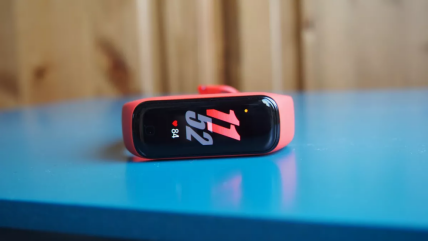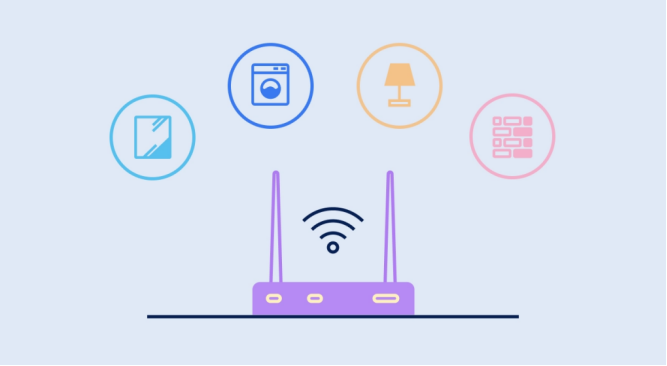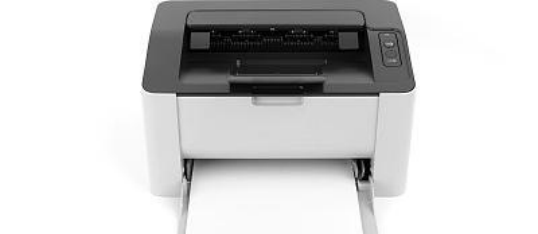What You Should Look To Buy A Phone For Camera
With technological advancements, smartphone cameras have evolved to rival traditional cameras in terms of quality and versatility. However, not all smartphone cameras are created equal. When choosing a phone for its camera, several key factors must be considered to ensure you get the best possible photography experience. Here's a comprehensive guide on what to look for when buying a phone for its camera.
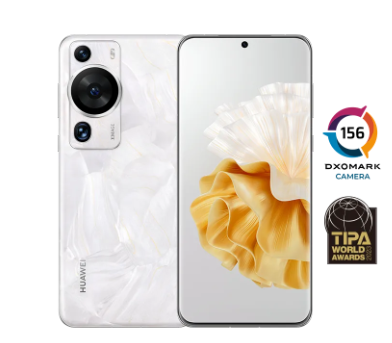
Things to look at when buying a phone for a camera
Here are the things you need to look at when buying a phone for a camera:
Camera Specifications
Start by examining the phone's camera specifications. Pay attention to the megapixel count, sensor size, aperture size, and the presence of optical image stabilization (OIS). A higher megapixel count doesn't necessarily guarantee better image quality, but it can result in sharper details and larger prints. A larger sensor size allows more light to enter, resulting in better low-light performance. A wider aperture lets in more light, producing brighter and more vivid images, especially in dimly lit environments. OIS helps reduce blur caused by shaky hands, resulting in clearer photos and smoother videos.
Camera Features and Modes
Consider the camera features and modes offered by the phone. Look for HDR (High Dynamic Range), panorama, portrait mode, night mode, and macro mode. These features can enhance your photography experience by allowing you to capture a wider range of scenes and subjects in various lighting conditions. Additionally, check if the phone offers advanced shooting modes like manual mode, which gives you greater control over settings such as ISO, shutter speed, and white balance for professional-grade photography.
Image Processing Algorithms
The quality of a smartphone camera isn't solely determined by its hardware but also by its image processing algorithms. Opt for phones known for their exceptional image processing capabilities, as they can significantly improve the overall image quality by enhancing colors, reducing noise, and sharpening details. Brands like Google, Apple, and Samsung are renowned for their advanced image processing algorithms, resulting in stunning photos straight out of the camera.
Camera Performance in Different Lighting Conditions
Assess how well the phone's camera performs in various lighting conditions, including daylight, low light, and artificial light. Look for sample photos taken in different environments to evaluate the camera's ability to capture accurate colors, minimize noise, and maintain detail clarity across different lighting scenarios. Phones with dedicated night modes excel in low-light photography, producing brighter and more detailed images without additional lighting equipment.
Video Recording Capabilities
Pay attention to the phone's video recording capabilities. Check if it supports 4K video recording, optical or electronic image stabilization, and advanced video editing tools. Stabilization is crucial for shooting steady videos, especially when recording fast-paced action or capturing handheld footage. Additionally, consider whether the phone offers slow-motion recording, time-lapse, and cinematic video effects to add creativity to your videos.
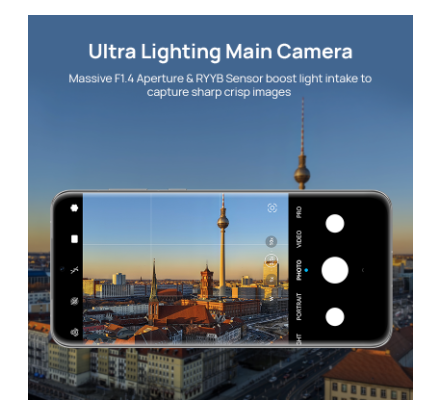
User Interface and Camera App
Evaluate the phone's user interface and camera app. A user-friendly interface with intuitive controls makes accessing camera features and settings easier, allowing you to focus on capturing the perfect shot without struggling with complicated menus. Look for additional features like gridlines, level indicators, and on-screen guides that assist in composition and framing. Furthermore, check if the camera app offers built-in editing tools and integration with third-party editing apps to enhance and share your photos directly from your phone.
Conclusion
Explore our above mentioned post to phones buy. You need to look at all the above mentioned features to get the right phone with a remarkable camera. However, the Huawei P60 Pro has one of the best camera features to provide you with everything. By carefully evaluating these factors and conducting thorough research, you can find a smartphone that meets your photography needs and delivers exceptional image quality for capturing memories that last a lifetime.



